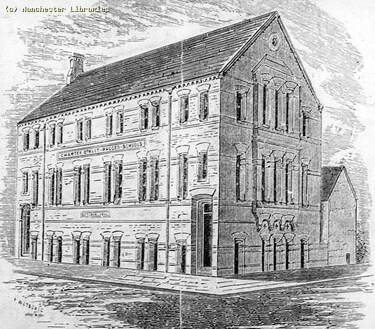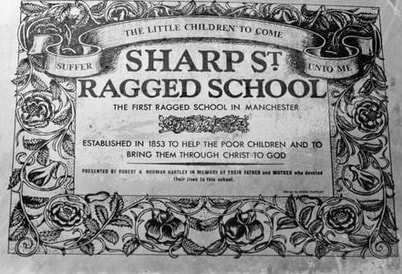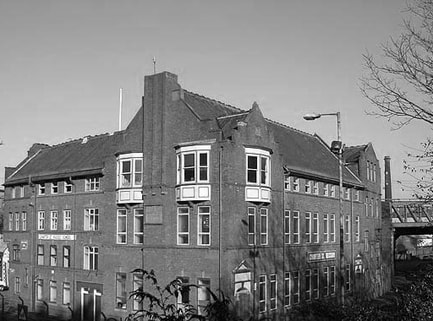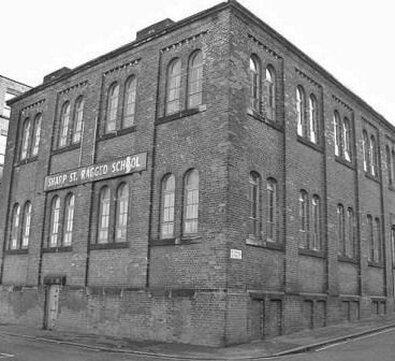The History of Ragged Schools in Angel Meadow

The Ragged School Movement began in Aberdeen under Sheriff Watson in 1844, but Portsmouth cobbler John Pounds is often cited as their inspiration. The Ragged School Movement adopted the name Shaftesbury Society & Ragged School Union in 1914- after significant benefactor and champion Lord Shaftesbury.
The Eros fountain in Piccadilly is a monument to his work. Today the Ragged School Charity is known as Liveability.
The Ragged Schools provided Sunday school teaching, basic education, food and clothing to children who were too "ragged" to go to normal Sunday schools and church services. Children attended from the age of 5 until they were 13.
The Eros fountain in Piccadilly is a monument to his work. Today the Ragged School Charity is known as Liveability.
The Ragged Schools provided Sunday school teaching, basic education, food and clothing to children who were too "ragged" to go to normal Sunday schools and church services. Children attended from the age of 5 until they were 13.

Ragged schools were mainly run on non-denominational lines by evangelical groups. Charles Dickens commented that these schools were "not sufficiently secular, presenting too many religious mysteries and difficulties, to minds not sufficiently prepared for their reception"
Further reading on the Ragged School Movement can be found here.
Due to the rapid industrialisation and urbanisation in Britain, and in particular Manchester, there was a need for the support structure given by Ragged Schools.
The Charter Street Ragged School and the Sharp Street Ragged School are both situated in Angel Meadow, on the outskirts of the city centre. They provided invaluable support to the poor, some of whom were escaping the potato famine in Ireland.
Adults were also helped with literacy classes and free meals. They were encouraged to stay out of the pubs and beer houses, which were numerous in the area of Angel Meadow, by signing the pledge and being members of the Band of Hope.
Further reading on the Ragged School Movement can be found here.
Due to the rapid industrialisation and urbanisation in Britain, and in particular Manchester, there was a need for the support structure given by Ragged Schools.
The Charter Street Ragged School and the Sharp Street Ragged School are both situated in Angel Meadow, on the outskirts of the city centre. They provided invaluable support to the poor, some of whom were escaping the potato famine in Ireland.
Adults were also helped with literacy classes and free meals. They were encouraged to stay out of the pubs and beer houses, which were numerous in the area of Angel Meadow, by signing the pledge and being members of the Band of Hope.


